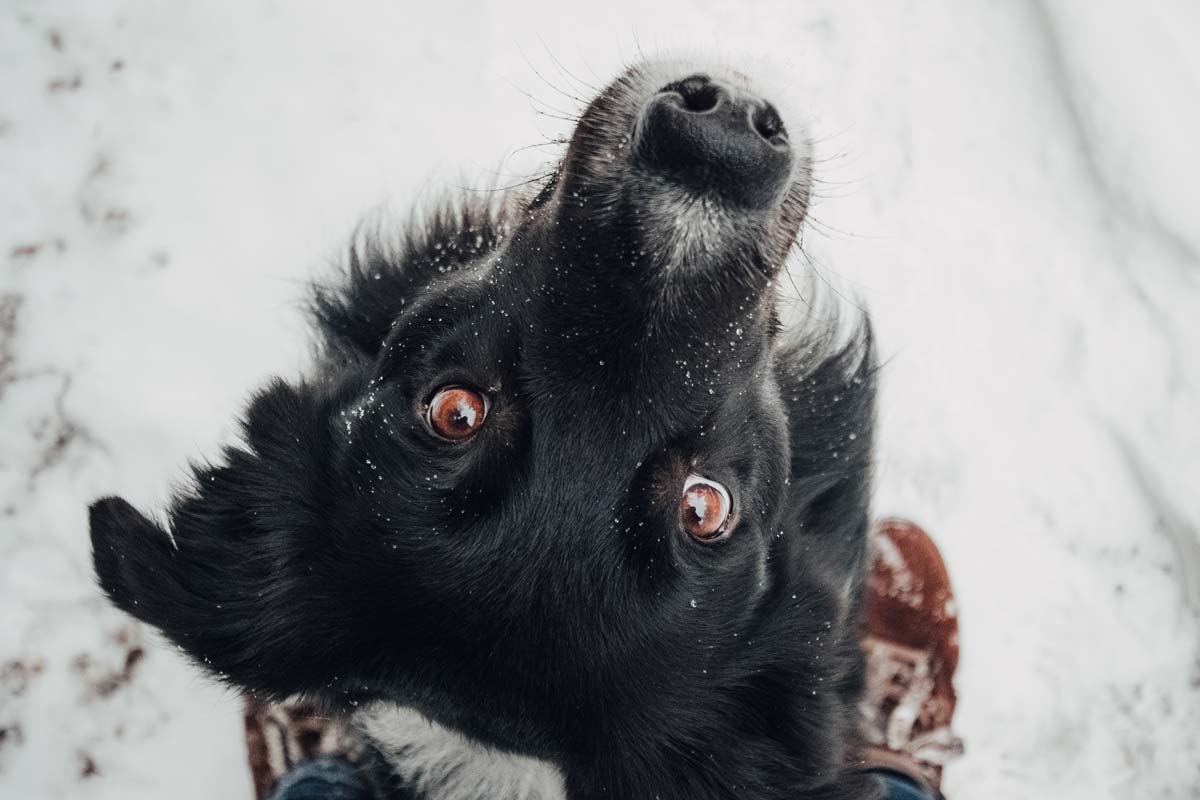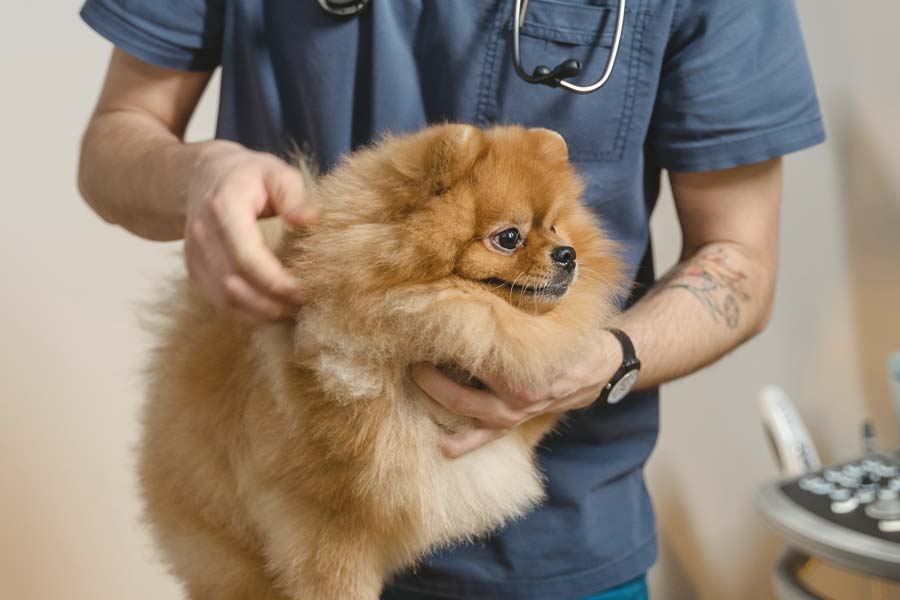Crating is such a useful behavior for dog owners. It can keep your pup from chewing up your favorite shoes or socks, messing all over the house, or leaving tumbleweeds of fur all over your couch. It is also very important when traveling with them or when boarding them somewhere if they are not able to travel with you.
Making it a voluntary behavior can save you from chasing them all over the house to corral them into their crate – keeping you on time for work or that appointment! Or maybe you live in an apartment and get complaints of an incessant howl or bark? Voluntary crate training steps can help with that!
Introducing the Crate
When first introducing your dog to their crate, I would set it in a place that is out of the way of their normal routes and space. Pick somewhere off to the side, but still visible. This allows your pet to take notice of the crate without it being all up in their space – or yours.
Why should we take such a sensitive step? It can help gauge their response to it.
Let’s say they have a bad history with being in a crate. Having the crate present, but not too close will help reduce the chances of a fear response. The last thing you want is getting started with your crate training with a fear response!

It always pays off to start out as if your pet will be terrified – just in case. You may or may not know their previous history with an item, person, or stimulus.
If your dog is wary of the crate at first, keep it at a distance. Then, slowly start moving the crate closer into their regular space as they show you their level of comfort with it.
From there, we quickly want to begin counterconditioning the “scary” item. We do this by changing what the crate means. If it’s scary at first, we start associating the crate with food, a toy, pets, or basically any positive reinforcement you have at your disposal.
Slowly - or quickly, depending on your pet - the crate stops being scary and means food, play time, or attention.
If you notice that your pup has no reaction at all, ignores it, or even goes over and checks it out interestingly, then you know you can move on to some active training.
Baiting and Prompts
Once you know that your dog is not afraid of the crate, we can start teaching them to go inside it. Some dogs, especially those without a negative history with crates, may just go right in to sniff and check out the crate.
You can certainly make use of this investigative behavior by capturing it. As a refresher, “capturing it” means taking advantage of a particular positive behavior – more on that in our Capturing and Shaping Behaviors post.
When they go in on their own, give them a treat once inside. Voila! You are well on your way to crate training.
Alas, we are not always so lucky. However, don’t fret. There is a wonderful training tool called baiting. It is exactly as it sounds; you bait them into their crate.
Find some of your dog’s favorite treats, and pop a few in the crate. Your dog will be able to see and smell that treats are in their crate and decide whether or not to go and get them. Needless to say, this is a fantastic way to let your dog know where you want them to go: inside the crate where the food is located.
There is, however, a catch to baiting. You do not want to stay on this step for too long, or you’ll end up baiting them every time you want them to go into the crate.

We want to quickly phase out the bait and attach a cue to the crating behavior. Ideally, they will start anticipating the treat and start to go in as you are putting your hand in to “bait” it.
Take advantage of this eagerness; only this time, do not place a treat inside. Your pet may at first think, “Wait, where is the food?” We don’t want to leave them hanging too long. So, once they go in on their own, toss the treat in through the crate window.
You may be able to start prompting your dog into the crate by doing the hand motion that looks like you are baiting or tossing food into the crate. If they go in, bridge the behavior (let them know they’re doing the right thing) and reinforce!
If they are hesitant and do not crate, that is okay. Go ahead and toss the food in and work back and forth between these two steps until your pet is readily going into the crate.
At this stage, you can start introducing a cue. From our previous post, a cue is a specific stimulus that we teach a pet to get them to do something – like saying “paw” for them to offer you their paw. Remember, we don’t want to attach a cue until the behavior is complete.
Once they are readily going into the crate with a hand motion prompt, you can start giving your cue right before the hand motion. The cue can be any word, sound, or even movement.Your hand motion can morph into a cue for crating if you so choose. It is entirely up to you. Have fun with it - as long as the cue is clear and apparent to your pet.
Closing the Crate Door
Hurray! Your dog is going right into the crate on cue. We can just close the crate door, and we’re done right? In an ideal world, yes, but often the hardest part of crating is teaching them that closing the crate door on them is okay.
This last step of teaching your dog that closing the door is ok will make ALL the difference in your dog continuing to follow the cue and not having anxiety attached to it. Not all dogs will just go with it and be okay, so we must teach them that it is.
So, how do we do this? Open the door right back up after closing it. Yep, that’s it. That action is teaching them that they have control over the crate door - or they at least perceive they have control over the door.
Next month, I will go into detail about the science of how and why this works and the approximations to get to where you can crate your dog and head into work without the worry of them barking all day long.




